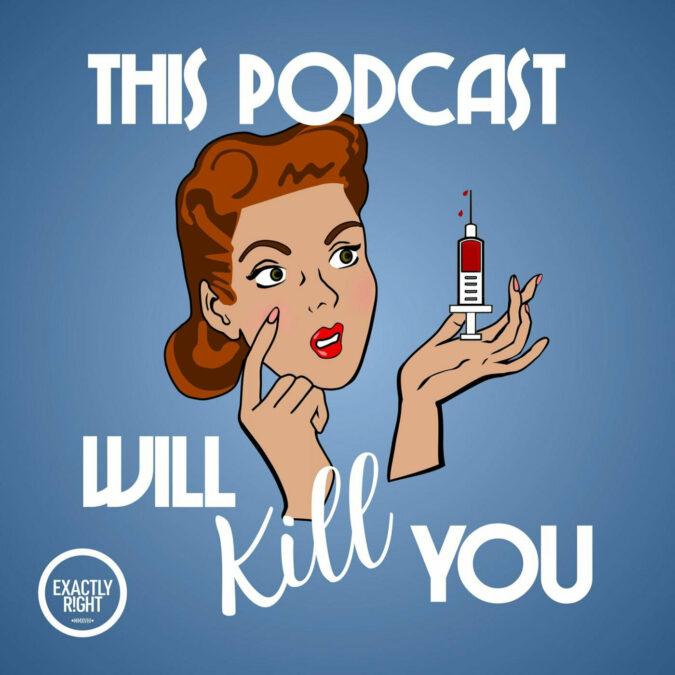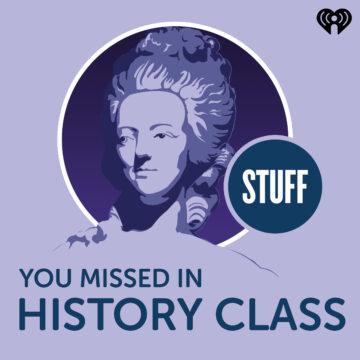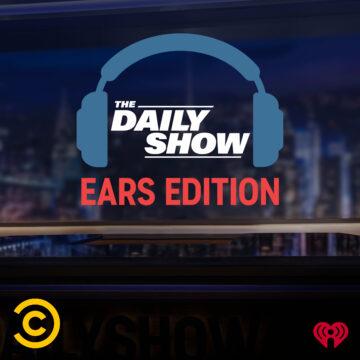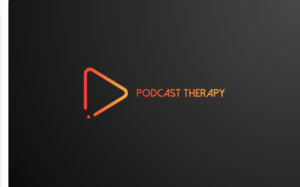The COVID-19 pandemic has touched all of our lives in incredibly varied ways, with no two experiences exactly alike. Despite this, we all probably share the same thought: how can we stop this from happening again? In this episode of our Anatomy of a Pandemic series, we ask that question in the context of wildlife conservation. Why is protecting biodiversity synonymous with protecting our own health? If spillover events themselves are inevitable, how can we limit the likelihood that they will become epidemics or pandemics? Where do commercial wildlife markets and subsistence hunting fit into the equation? To help us answer these questions and more, we are thrilled to be joined by Dr. Chris Walzer, Executive Director of Health at the Wildlife Conservation Society (interview recorded April 6, 2021). And for more information on the topics discussed, check out the WCS’s COVID-19 News and Information page and read a recent Op-Ed piece by Dr. Susan Lieberman and Dr. Christian Walzer about why biodiversity is crucial for preventing pandemics.
As always, we wrap up the episode by discussing the top five things we learned from our expert. To help you get a better idea of the topics covered in this episode, we’ve listed the questions below:
- Now that we are over a year into this pandemic, what do we know about the sequence of events that led to this pandemic?
- People have been studying spillovers and the emergence of novel viruses for a long time and have been saying that a pandemic like this was inevitable. So what did we do wrong on a national or international level?
- What things did we do right, or what things did we adequately prepare for during this pandemic?
- What are the ways in which we’ve made scientific progress or the ways in which the world has fundamentally changed that have allowed this pandemic to play out differently than it could have 20 years ago?
- Can you talk us through some of the nuance in the interactions between commercial wildlife markets, spillover events, and wildlife hunting for subsistence purposes?
- How predictable are spillover events themselves? Or perhaps, how predictable are the scenarios that would increase risks for spillover and how predictable are the events that follow?
- Since another spillover event could happen at almost any time, what measures do we have in place to prevent these events from turning into another pandemic? Where does wildlife and forest conservation fit into this equation?
- Pandemic preparedness and pandemic response are two different things. How do these two aspects of dealing with a pandemic differ and who is involved in each of these efforts?
- What are people who study this the most concerned about when it comes to the next pandemic? What are the areas in which we still have big improvements to make in how we prepare for or predict or try to prevent pandemics based on what we’ve learned during this one?
- What do you hope we keep or learn from this pandemic, either personally or as a society?
See Privacy Policy at https://art19.com/privacy and California Privacy Notice at https://art19.com/privacy#do-not-sell-my-info.









